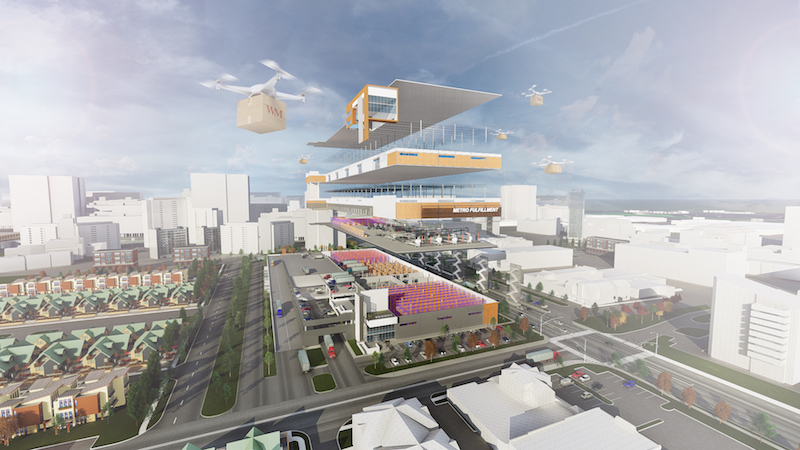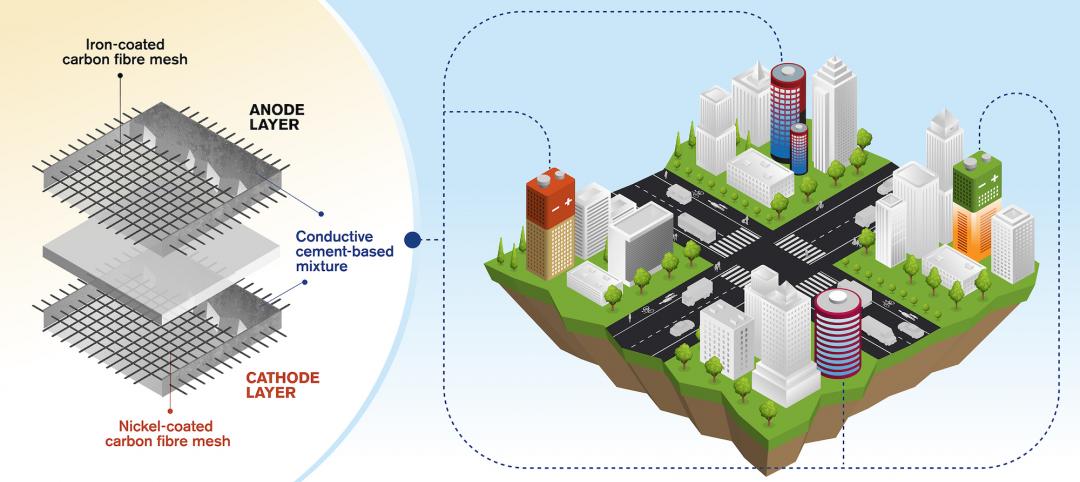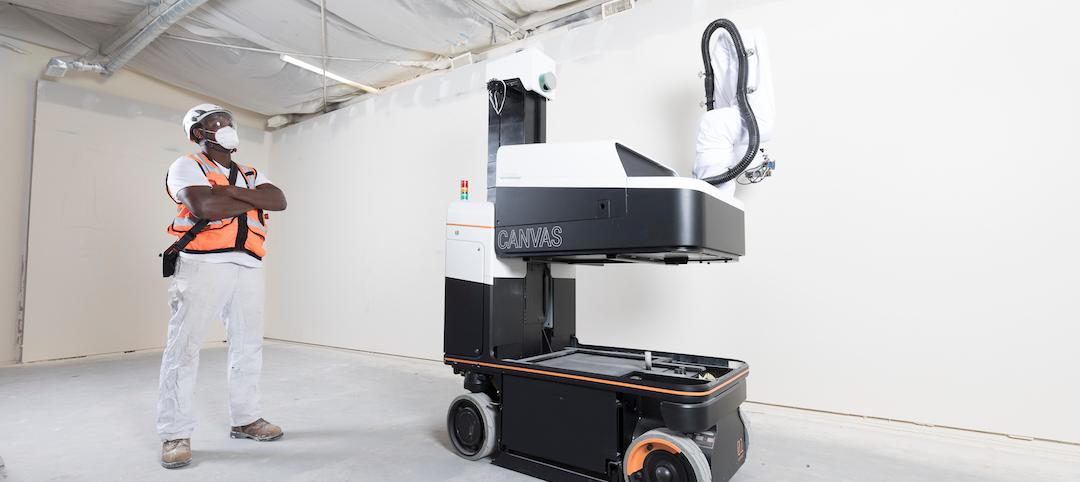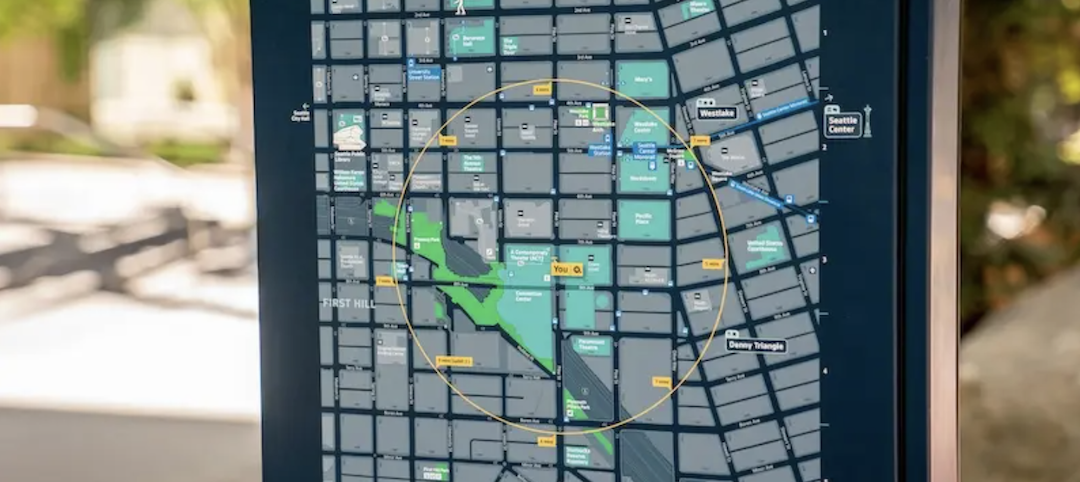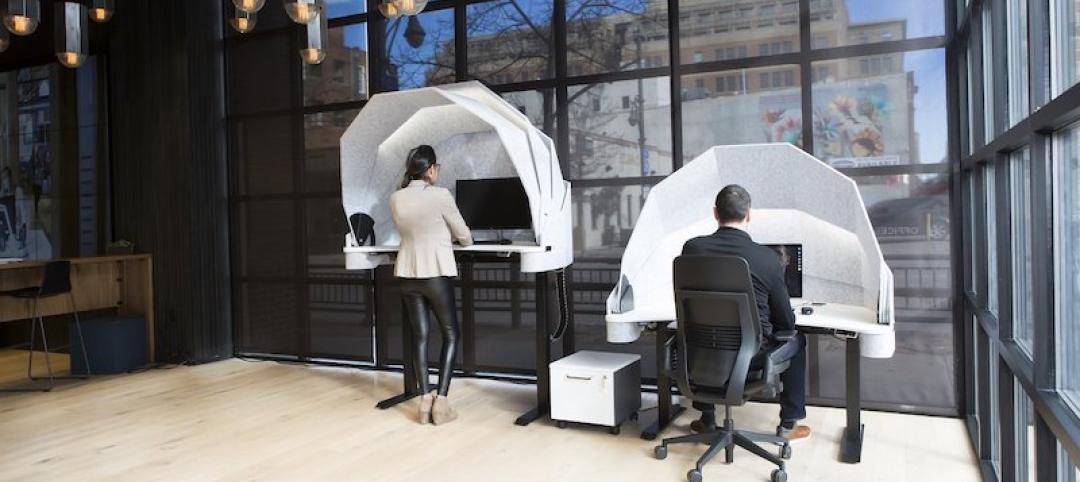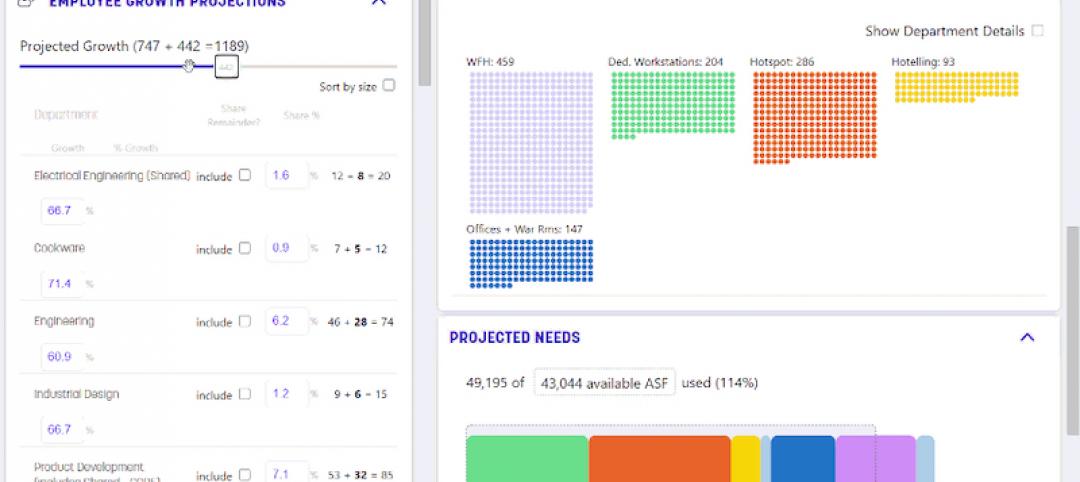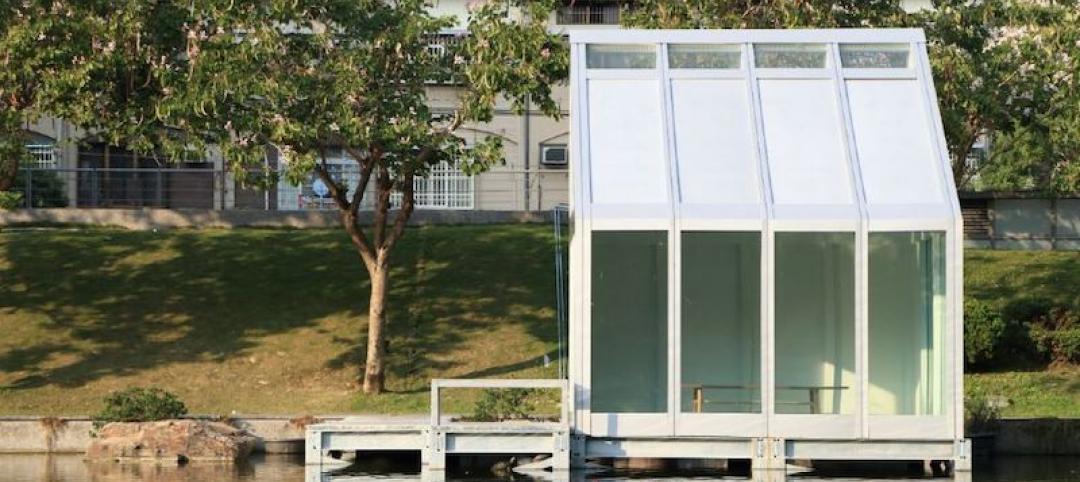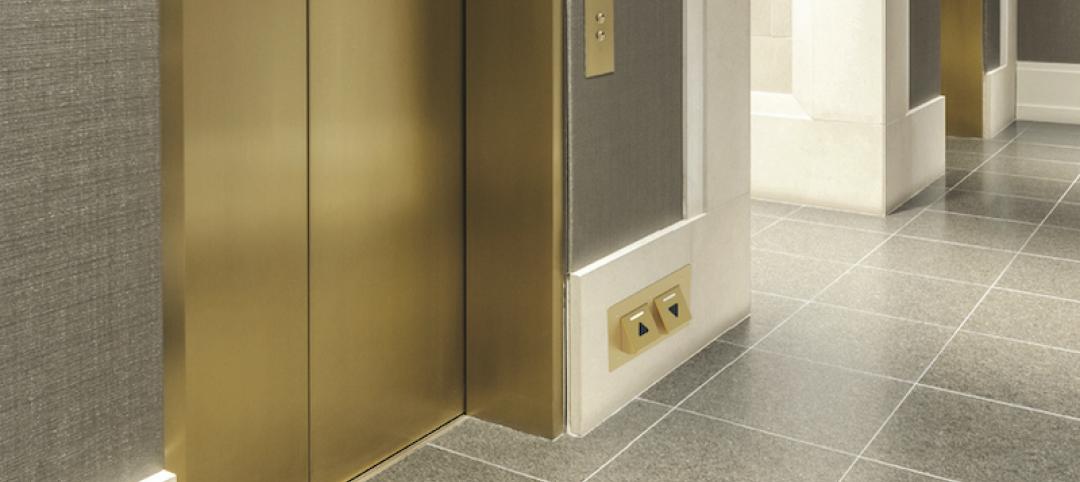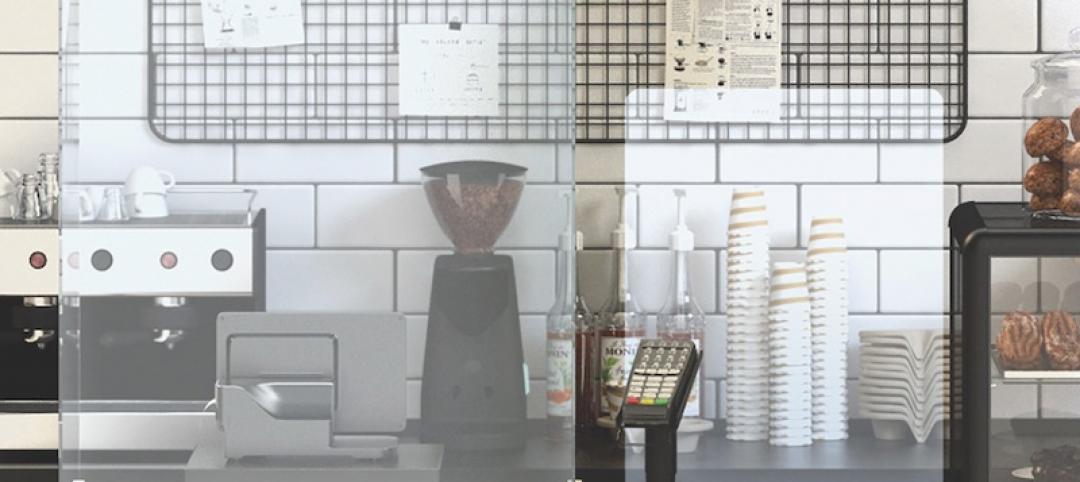The rise of e-commerce has uprooted the retail status quo and created logistical obstacles never before seen on such a large scale. Among the thorniest logistical issues that everyone from Amazon to Walmart is working to solve: last-mile delivery.
People have become accustomed to buying just about anything they need online with a few clicks. And thanks to services such as Amazon’s free two-day delivery and, in some cases, one-hour delivery, customers are used to expeditiously receiving their purchases. But in many urban areas, there just isn’t enough land to facilitate the industrial warehouse space necessary to satisfy last-mile delivery.
That is, unless the warehouses are built vertically. Ware Malcomb has created a multistory warehouse facility prototype that creates a “warehouse on top of a warehouse” to increase leasable space without sacrificing functionality. These multistory warehouses will be “fully functional, divisible, and leasable without compromising the typical tenant’s operational requirements,” says Jay Todisco, AIA, LEED AP, Executive Vice President with Ware Malcomb.
See Also: Fungus may be the key to colonizing mars
The prototype allows for full-sized, 53-foot-long tractor trailers to operate on two levels and provides parking space for hundreds of cars, all while increasing rentable space. It forgoes large, expensive circular ramps and instead opts for straight, two-way ramps to connect an upper and lower truck yard. Between the two truck yards is an employee parking deck that separates truck and auto circulation and creates a queuing area on a mezzanine level for last-mile delivery vehicles.
The building itself is
designed with an independent steel structure and non-load-bearing concrete wall panels. The steel structure and wall panels can be fabricated simultaneously and then erected sequentially to shorten construction time.
The size and the number of stories for a specific facility will reflect the location’s proximity to a port and the surrounding area’s density. The more dense an area is, the taller the building will need to be. In urban cores, for example, facilities will hover around 250,000 sf across two or three stories, with high-speed freight elevators to expedite the flow of goods. Buildings closer to a port will be larger, around 500,000 sf, but will require fewer stories.
In order to be successful, says Todisco, multistory warehouses must meet the end user’s functional requirements, be economical to build, and have the ability to be easily modified to varying site configurations.
Related Stories
AEC Tech Innovation | Mar 9, 2022
Meet Emerge: WSP USA's new AEC tech incubator
Pooja Jain, WSP’s VP-Strategic Innovation, discusses the pilot programs her firm’s new incubator, Emerge, has initiated with four tech startup companies. Jain speaks with BD+C's John Caulfield about the four AEC tech firms to join Cohort 1 of the firm’s incubator.
Great Solutions | Jan 18, 2022
Researchers develop concept for rechargeable cement-based batteries
Researchers from the Department of Architecture and Civil Engineering at Chalmers University of Technology in Gothenburg, Sweden, have created a concept for rechargeable batteries made of cement. The concept involves a cement-based mixture with small amounts of short carbon fibers added to increase conductivity and flexural toughness.
Great Solutions | Nov 22, 2021
Drywall robots take the risk out of the finishing process
Canvas is using robots to complement the work already being done by drywall professionals.
Great Solutions | Sep 23, 2021
Seattle looks to become America’s most walkable city with a new citywide wayfinding system
Seamless Seattle will support the Seattle Department of Transportation’s commitment to increase the percentage of trips made by walking to 35% by 2035.
Great Solutions | Jul 9, 2021
MojoDesk creates a new solution for managing open office distractions
The MojoDome allows for a private work space while also maintaining a collaborative environment.
Great Solutions | Mar 18, 2021
Follow the leader: New following technology better equips robots for the jobsite
New proof-of-concept from Piaggio Fast Forward and Trimble enables robots and machines to follow humans.
Great Solutions | Feb 11, 2021
Simplifying the return to the office
A new web-based tool from Sasaki takes the guesswork out of heading back to the workplace.
Great Solutions | Oct 6, 2020
Could water-filled windows help buildings save energy?
New research shows how water-filled glass could help heat and cool buildings.
Great Solutions | Aug 10, 2020
From lobby to penthouse, elevators can be a 100% touch-free experience
The Toe-To-Go elevator system allows riders to operate the elevator entirely with their feet.
Great Solutions | Jul 13, 2020
Essential protection for businesses
Custom protective barriers help keep essential business employees safe.


